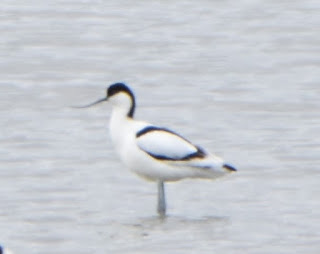30 Days Wild - Day 22
Bug hunt
Today I went to my grandparents house. Me and my grandad went for a bug hunt together.
Giant house spider
A giant house spider may bite in self-defence, but luckily we didn't get bitten. You will find them in caves, dry forests, under rocks and in your house. Male adults can get a leg span of up to 6 inches and females can get a leg span of up to 2 inches.
Brown house spider
This one is a female. I can tell because she is a light brown colour. Their venom may cause burning pain to the victim and will leave you in pain for several hours.
Ladybird
Did you know that ladybirds are carnivores and can reach speeds up to 24km per hour! You will find them in grasslands, forests, cities, suburbs and along rivers. They are a member of the Coccinellidae septempunctata family. They can grow up to 1cm big
Cucumber spider
We found this on a old trailer in my grandads field. They are found mainly along woodland edges, hedgerows and other well wooded areas. You can find it during late Spring to Autumn. They have venom that is not harmful to humans.
Earwig
Earwigs live all over the world, except Antarctica. Earwigs usually live in damp, shady places such as under leaves or in fallen trees. This one was on my nans gnome. Earwigs eat plants. Earwigs eat pollen out of flowers. Sometimes fruit in the Autumn like apples.
Tortoiseshell butterfly
These are common butterflys. They can be found in grasslands, farmland, costal, woodlands, towns and gardens. To attract butterflies, such as the small tortoiseshell, into your garden, plant nectar-rich borders for them to feed along and climbing Ivy and shrubs for overwintering insects.









Very informative, you are obviously enjoying going out looking for all these little bigs and things
ReplyDelete